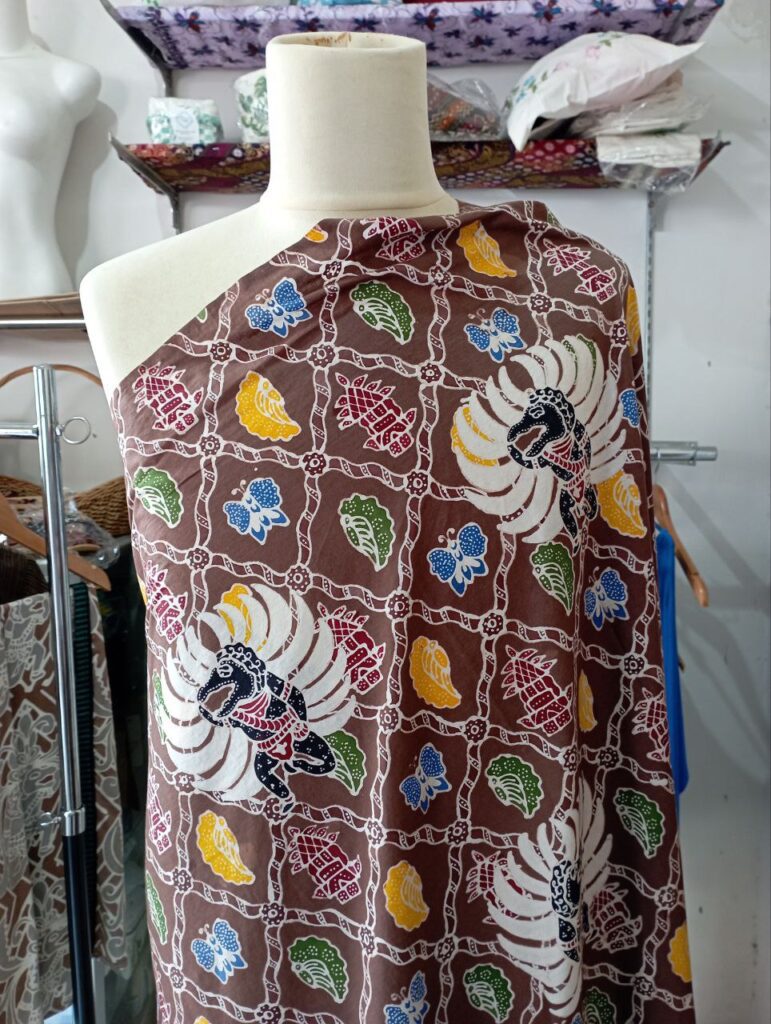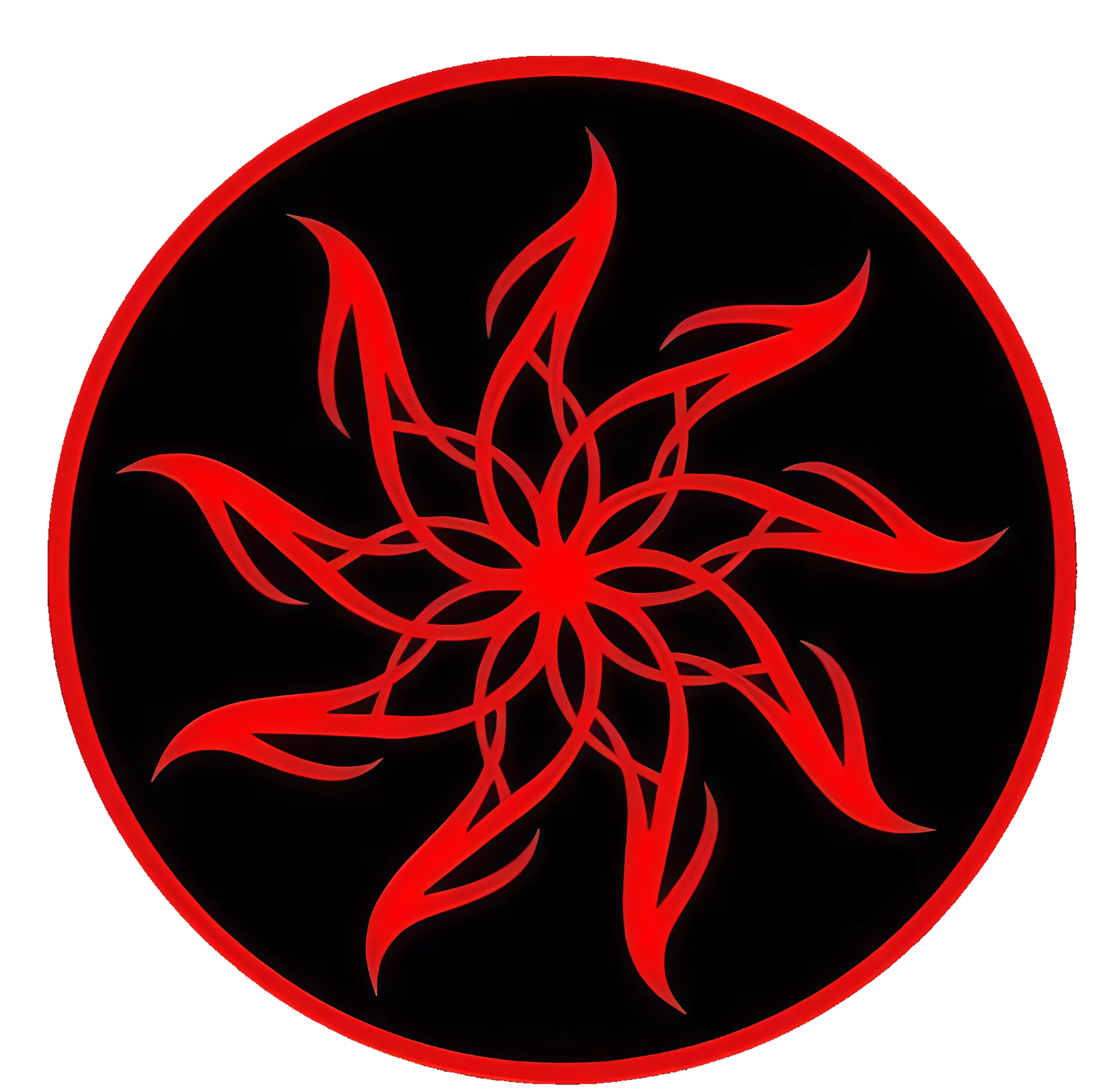Batik Tulis Lintang Malang
Batik Lintang Attracts National and International Attention, Focuses on Philosophy and Quality

Batik Lintang explains that they have attracted the attention of national and international institutions during an exclusive interview in Malang on May 15. In the interview, Ita Fitriyah explained the uniqueness of Batik Lintang’s motifs.
Malang, May 15th, 2024 – Batik Lintang, a local batik industry based in Malang Regency, East Java, has successfully attracted the attention of various national and international institutions. This success is attributed to the unique philosophy and stories behind each pattern created. Ita Fitriyah (46), the owner of Batik Lintang, elaborated on the aspects that make this batik unique and how collaborations with various institutions have positively impacted her business’s development.
Ita explained that the uniqueness of Batik Lintang lies in the deep philosophy behind each batik pattern they create. “Every pattern concept has a story or a philosophy. Batik Lintang doesn’t just create randomly,” she said. She added that the story or narrative behind the production process is the main attraction for visitors, especially those from abroad. Visitors highly appreciate the explanations about the history, culture, and philosophy behind each pattern presented by Batik Lintang.
She also explained that after these visits, Batik Lintang has established numerous collaborations with various institutions. One example is Universitas Islam Malang (UNISMA), which ordered uniforms for employees and lecturers in large quantities. “We assist in pattern exploration, such as the Wali Songo flower, nine petals,” Ita explained.
Ita mentioned that these collaborations significantly contribute to maintaining good relationships and creating sustainable projects. “When the first project is considered good, the second project follows. Every year, we have major projects because of these collaborations,” she said.
Positive feedback from customers is evident from the repeat orders received by Batik Lintang. “If they order again the following year, it means it is in demand,” Ita remarked. She added that customer satisfaction motivates Batik Lintang to continuously improve the quality of its products.
By listening to the needs and desires of customers, Batik Lintang can produce batik that meets expectations, even though the process of making written batik takes considerable time.
However, Ita also acknowledged the challenges in meeting large order quantities. “The challenge is the quantity of products because we can’t be quick unless it’s stamped,” she explained. For written batik, production quantities are limited due to the lengthy process, unlike stamped batik, which can be produced in larger quantities and relatively faster.
In the future, Batik Lintang plans to expand its collaborations abroad. “Recently, Batik Lintang received facilities and has been curated for export, but I haven’t taken it. Not yet,” she revealed. The main reason is the readiness of human resources and production capacity, which still needs to be increased. She hopes that with thorough preparation, Batik Lintang can start exporting in the future.
Ita feels very happy and proud of the achievements they have made. She hopes that the batik she produces can be accepted by various communities and generations and becomes a tool for education and cultural exchange. “With continuous education about batik, it enhances our culture so that it is embraces broader generations,” she hoped.
